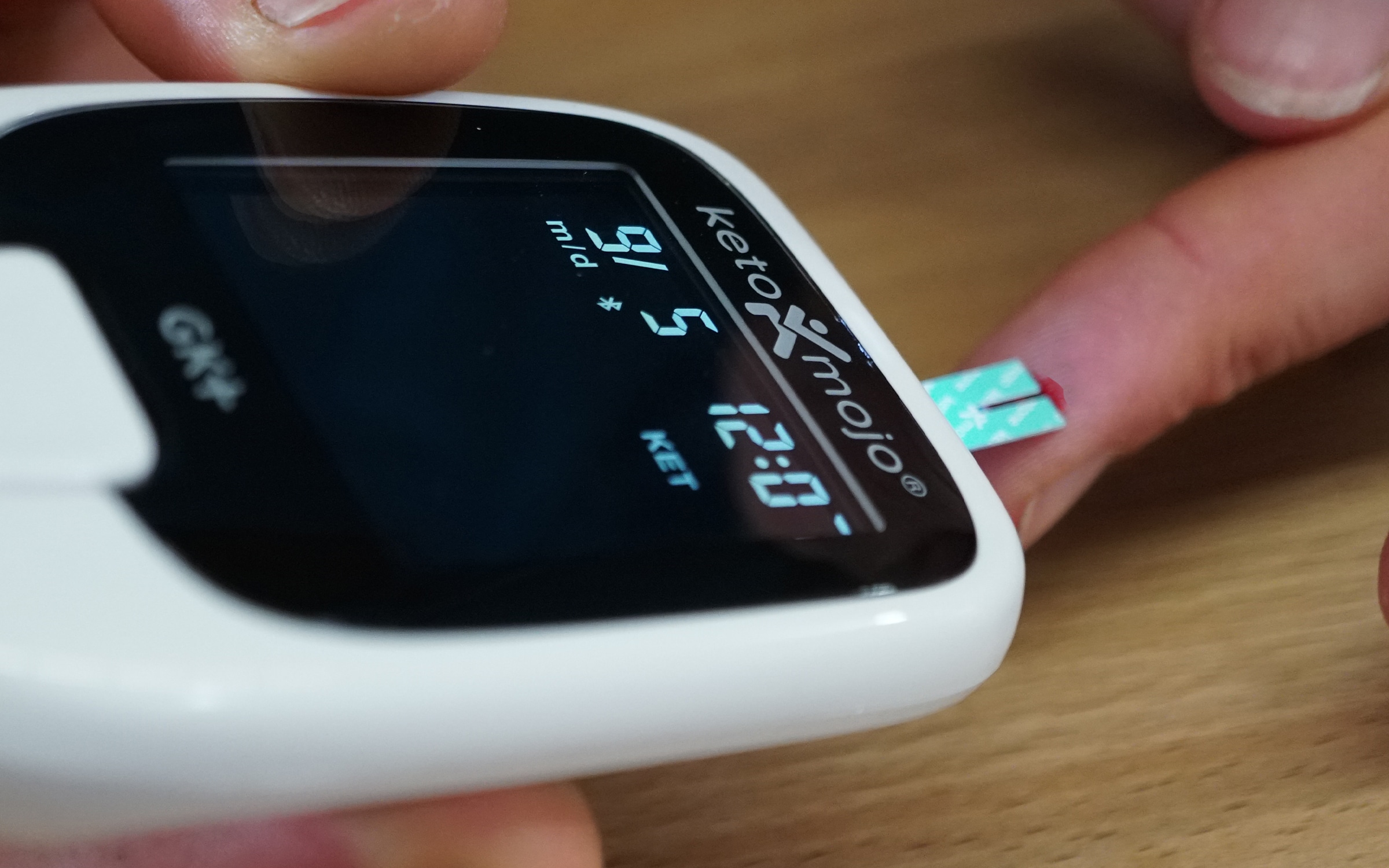Introduction
Tracking your level of ketosis is a key part of the ketogenic diet, especially for those using it for weight loss, diabetes management, or therapeutic purposes. While urine strips are a popular and inexpensive way to check for ketones, blood testing is widely recognized as the gold standard for accuracy. Understanding the science behind each method and the reasons for their differences can help you make informed decisions about your keto journey.
The Science Behind Ketone Testing
Blood Ketone Testing
Blood ketone meters measure the concentration of beta-hydroxybutyrate (BHB), the primary ketone body circulating in your bloodstream during ketosis. BHB is the most abundant and stable ketone, providing a direct reflection of your metabolic state. Blood testing involves a small finger prick to collect a drop of blood, which is then analyzed by the meter.
A study published in the journal Nutrition & Metabolism (2016) found that blood BHB levels are the most reliable indicator of nutritional ketosis, correlating closely with fat metabolism and energy production (Stubbs et al., 2016).
Urine Ketone Strips
Urine strips detect acetoacetate, another type of ketone body, by changing color in response to its presence in urine. While this method is non-invasive and easy to use, it does not measure BHB, and its accuracy declines as your body adapts to ketosis.
Why Urine Strips Are Inaccurate
1. Adaptation Reduces Acetoacetate in Urine
When you first start a ketogenic diet, your body produces more acetoacetate, which spills into the urine. As you become keto-adapted, your body becomes more efficient at using ketones for energy, and less acetoacetate is excreted. This means urine strips may show negative or low readings even when you are in deep ketosis.
A review in Frontiers in Physiology (2017) explains that urinary ketone excretion decreases significantly after a few weeks of adaptation, making urine strips unreliable for long-term tracking (Puchalska & Crawford, 2017).
2. Hydration Levels Affect Results
Urine ketone readings can be diluted or concentrated depending on how much water you drink. High fluid intake can lead to false negatives, while dehydration can cause false positives. This variability makes it difficult to interpret results accurately.
3. Lag Time and Inconsistency
Urine strips reflect ketone levels from several hours prior, not your current metabolic state. Factors such as recent meals, exercise, and time of day can all influence results, leading to inconsistent readings.
4. Not Measuring the Main Ketone Used for Energy
Urine strips do not measure BHB, the main ketone used by your brain and muscles for energy. Blood testing provides a direct measurement of BHB, offering a more accurate picture of your current state of ketosis.
5. Color Interpretation Is Subjective
Reading urine strips requires matching the color to a chart, which can be subjective and affected by lighting conditions or user perception.
Recommended Frequency for Blood Ketone Testing
For most people, testing blood ketones once per day is sufficient to track trends and ensure you are in ketosis. The best times to test are in the morning before eating or in the evening before dinner, as these times provide the most consistent readings. Those using keto for therapeutic reasons, such as epilepsy or diabetes, may benefit from more frequent testing as advised by their healthcare provider.
Conclusion
Blood testing for ketones is the most accurate and reliable method for tracking ketosis. It measures beta-hydroxybutyrate directly, is not affected by hydration or adaptation, and provides real-time information about your metabolic state. Urine strips, while convenient and inexpensive, become less accurate over time and are influenced by many external factors. For anyone serious about optimizing their ketogenic diet, investing in a blood ketone meter is the best choice.
References
- Stubbs, B. J., Cox, P. J., Evans, R. D., Santer, P., Miller, J. J., Faull, O. K., … & Clarke, K. (2016). On the metabolism of exogenous ketones in humans. Nutrition & Metabolism, 13(1), 57. Link
- Puchalska, P., & Crawford, P. A. (2017). Multi-dimensional roles of ketone bodies in fuel metabolism, signaling, and therapeutics. Frontiers in Physiology, 8, 848. Link




